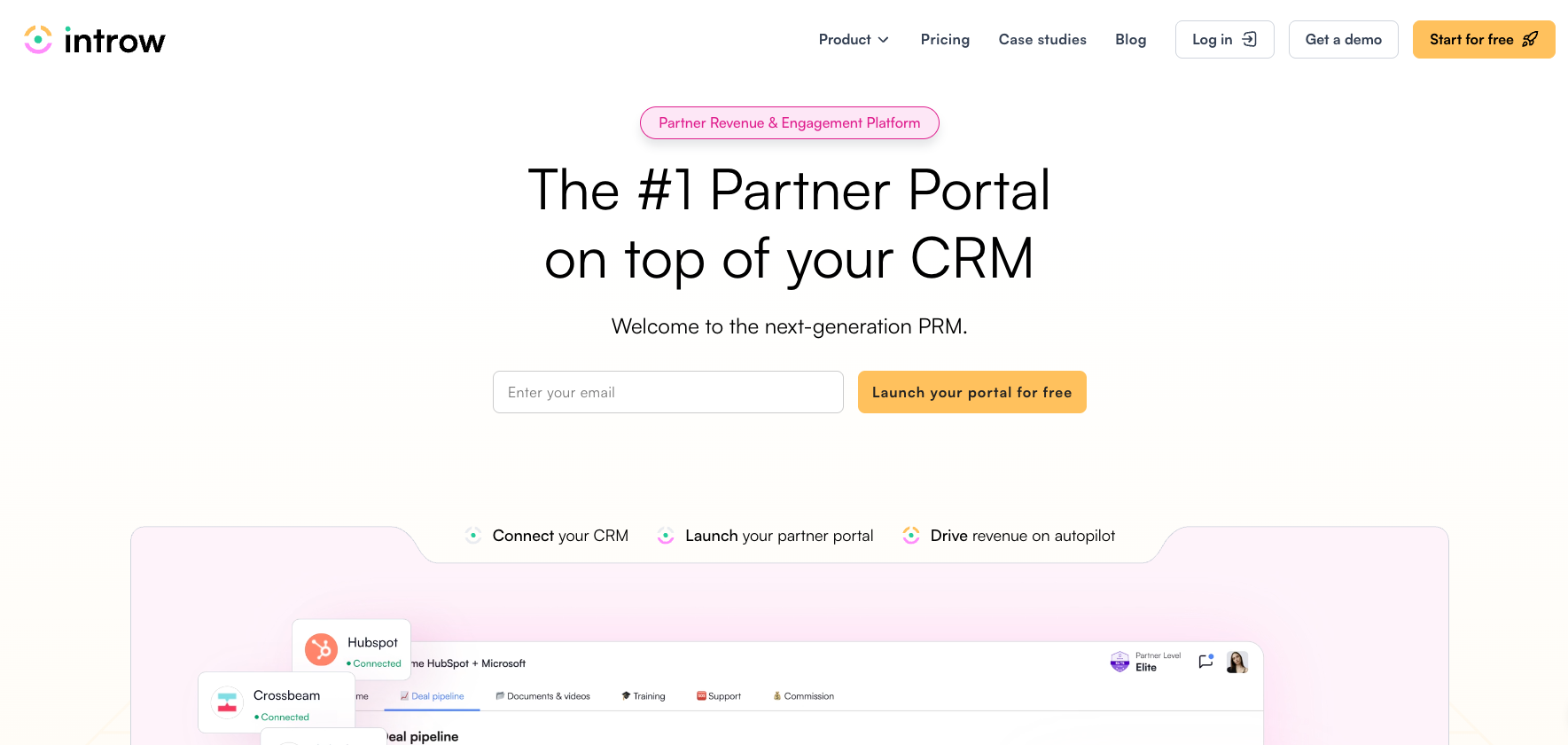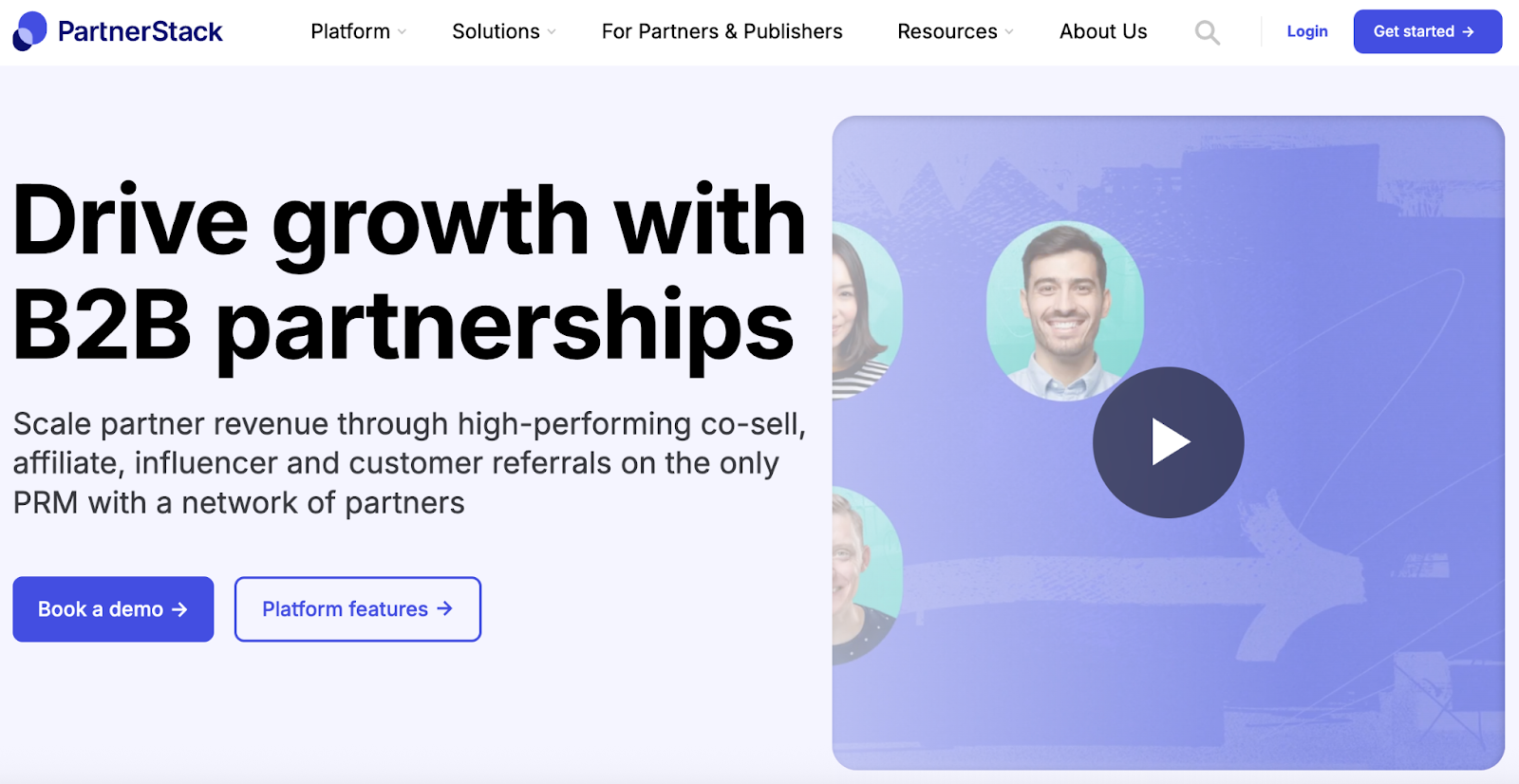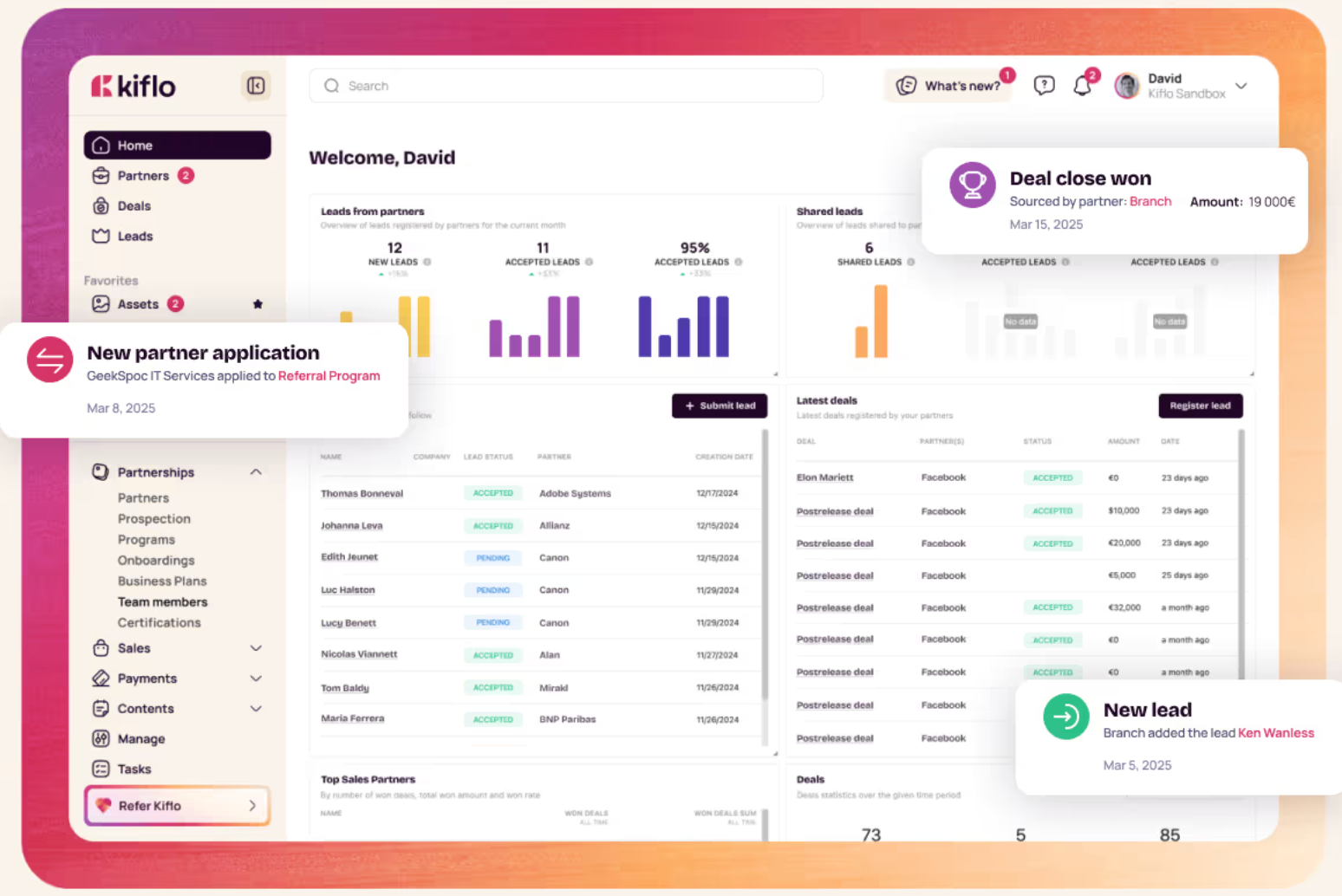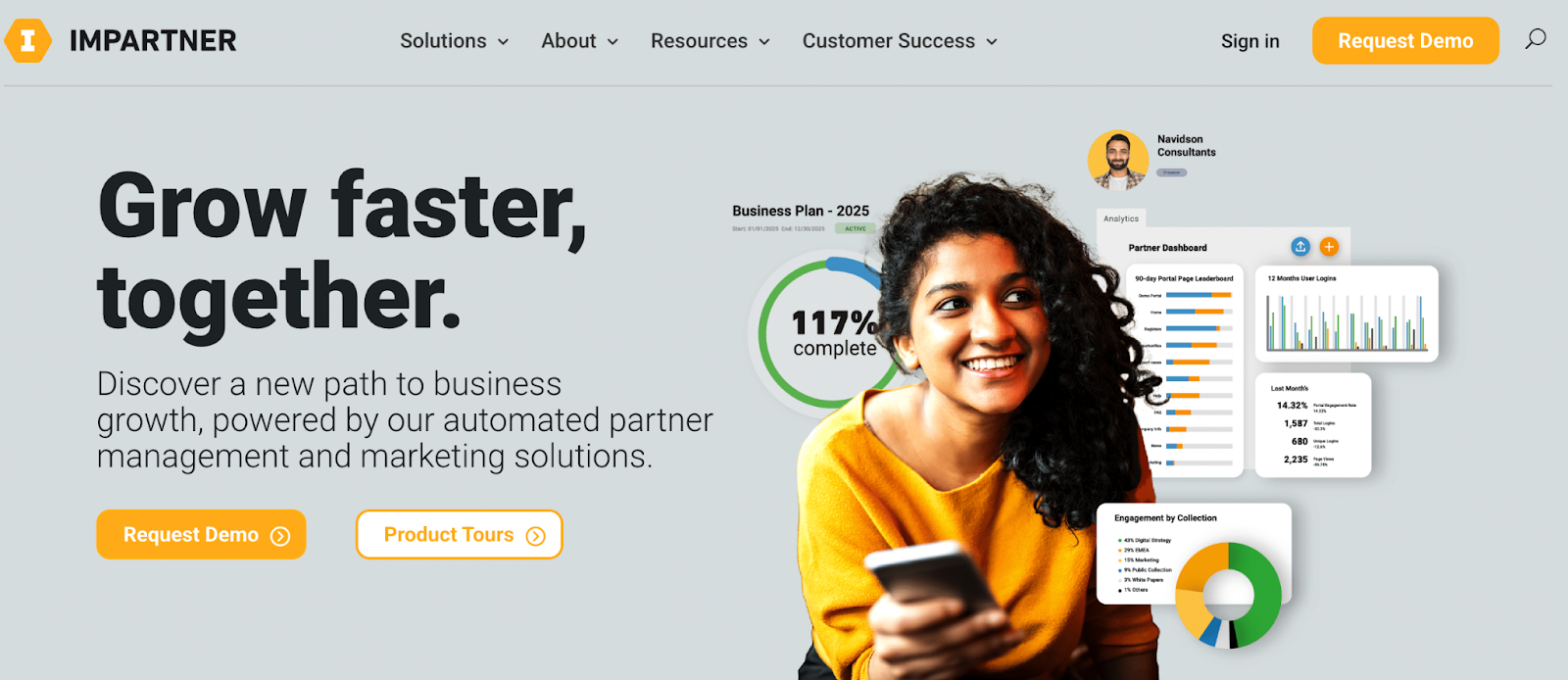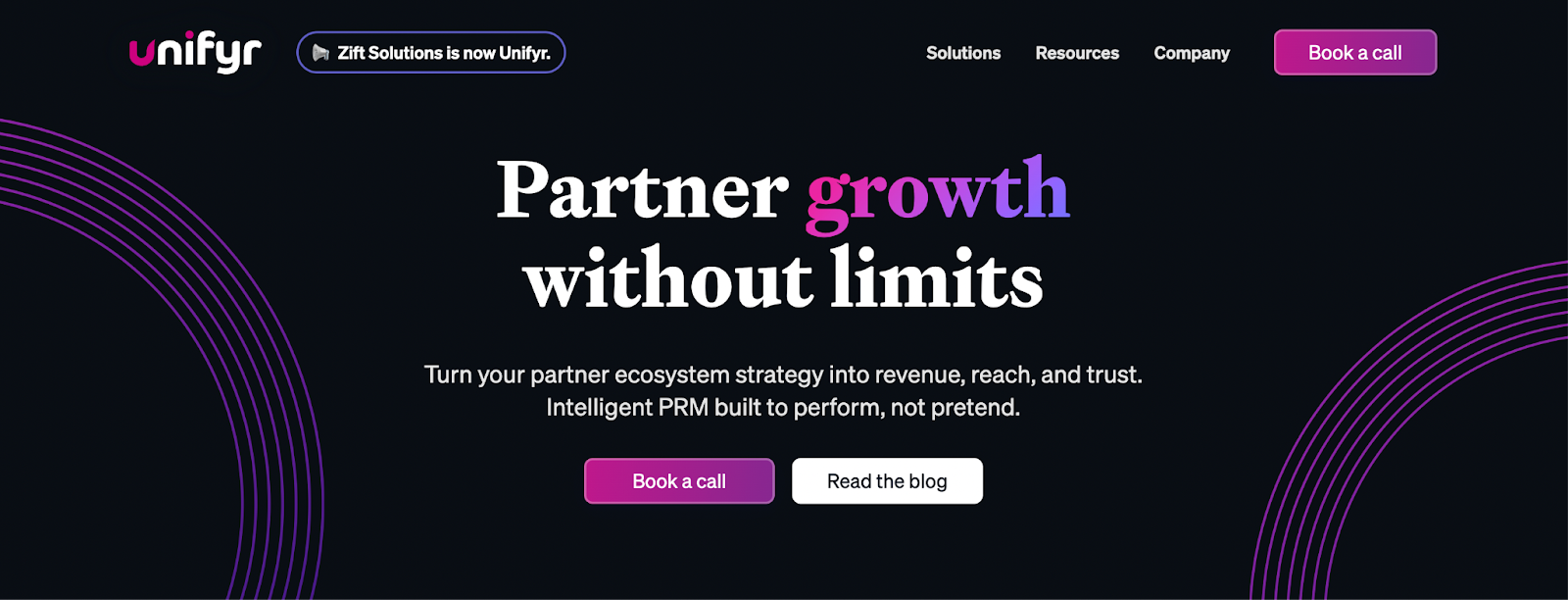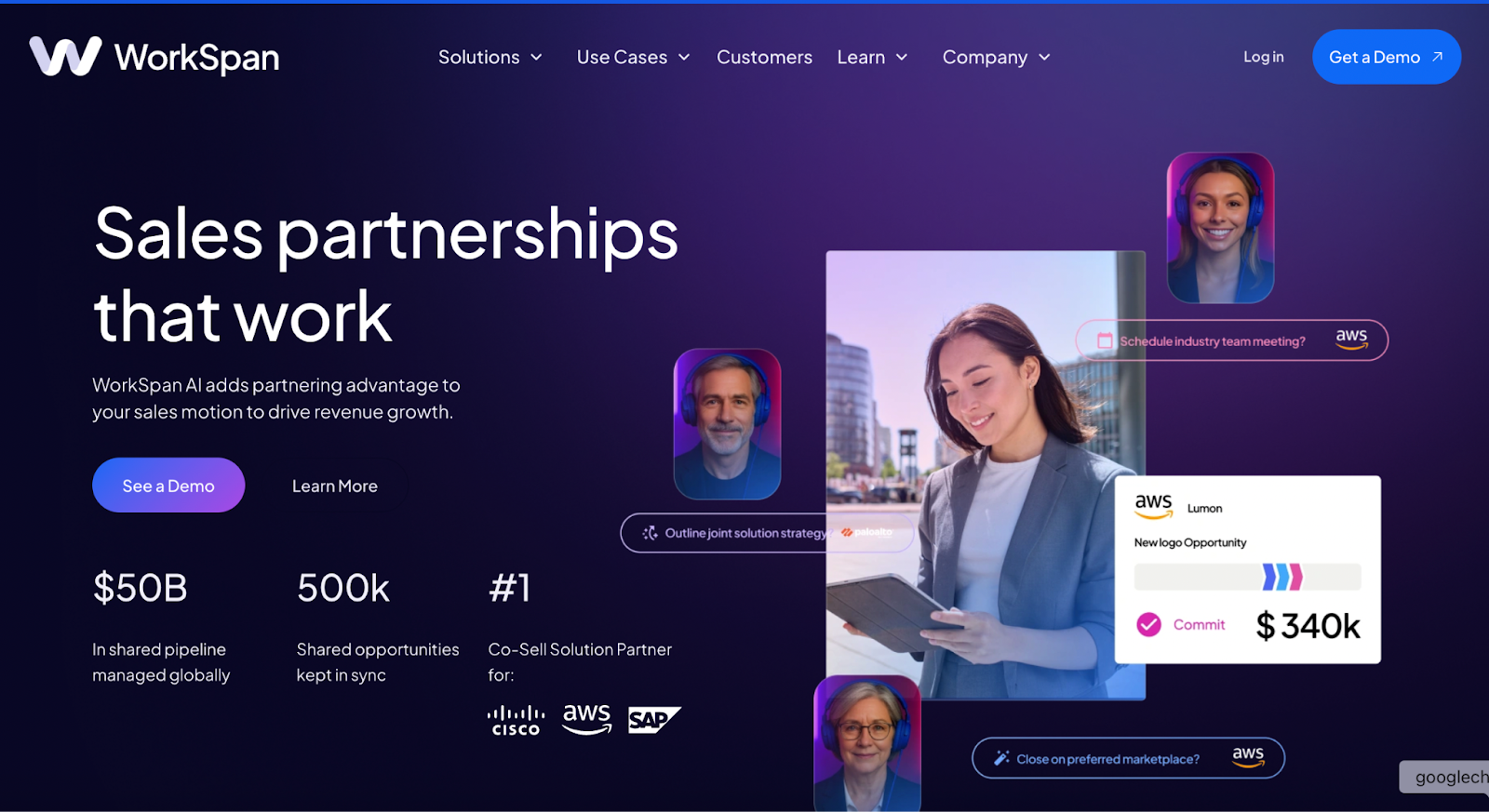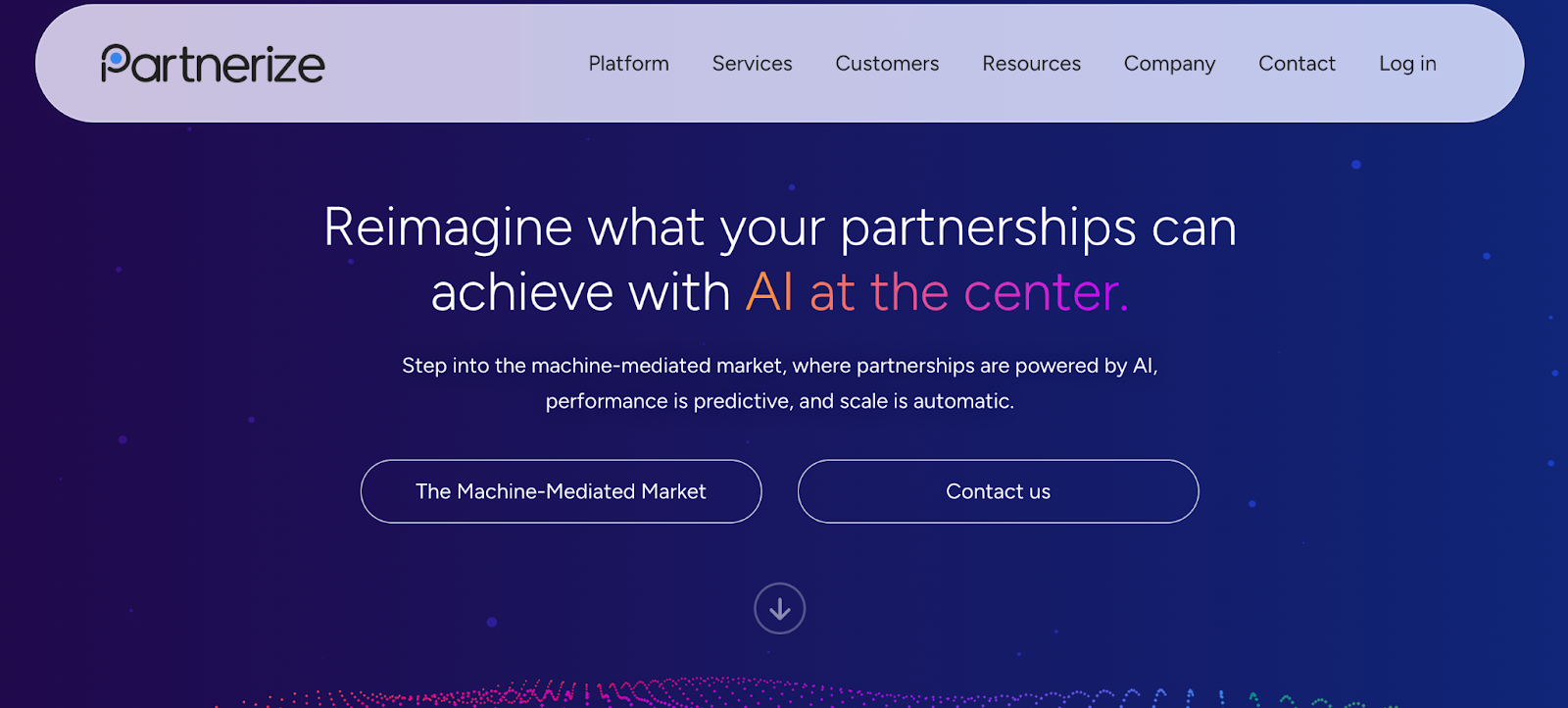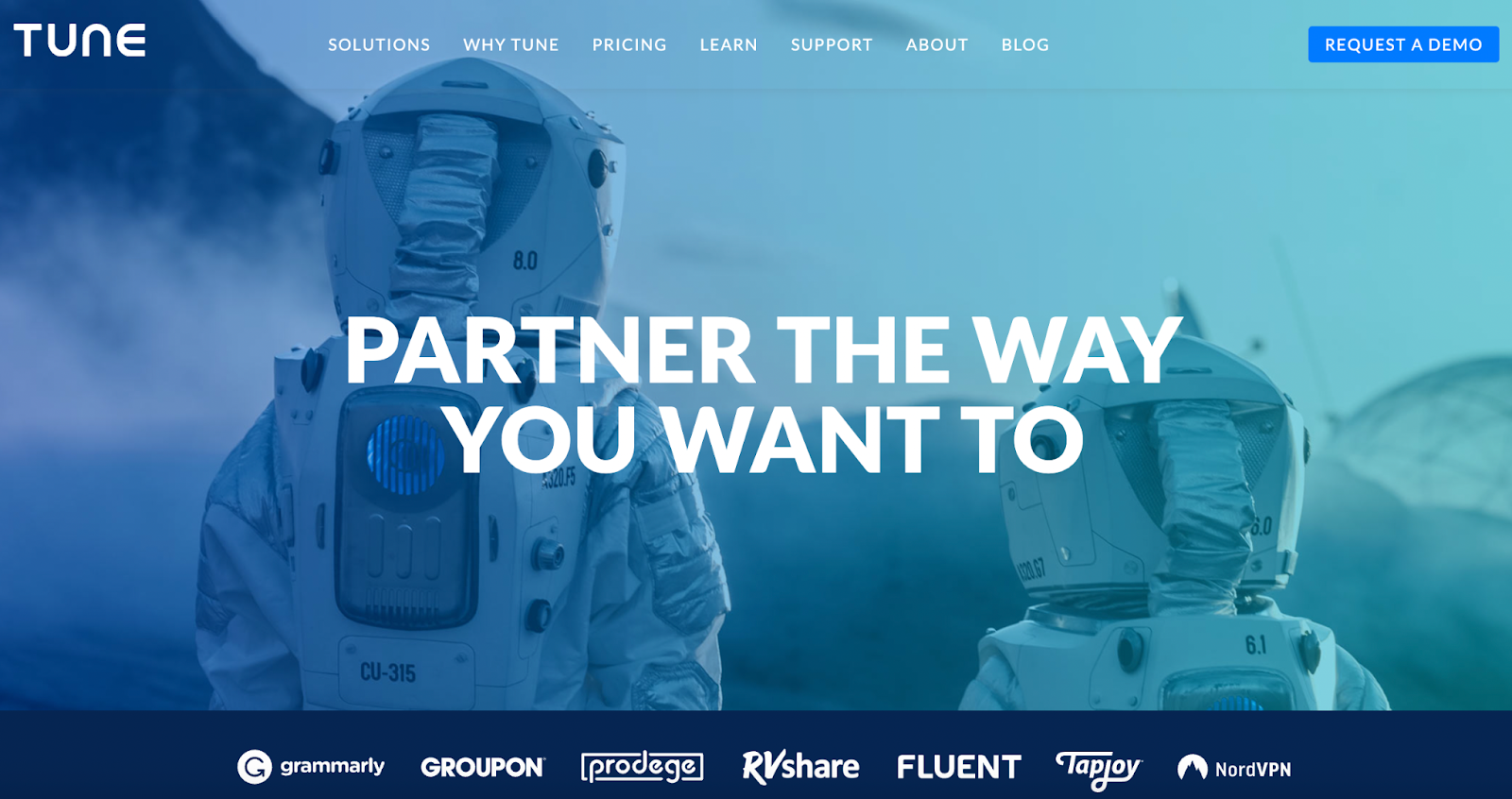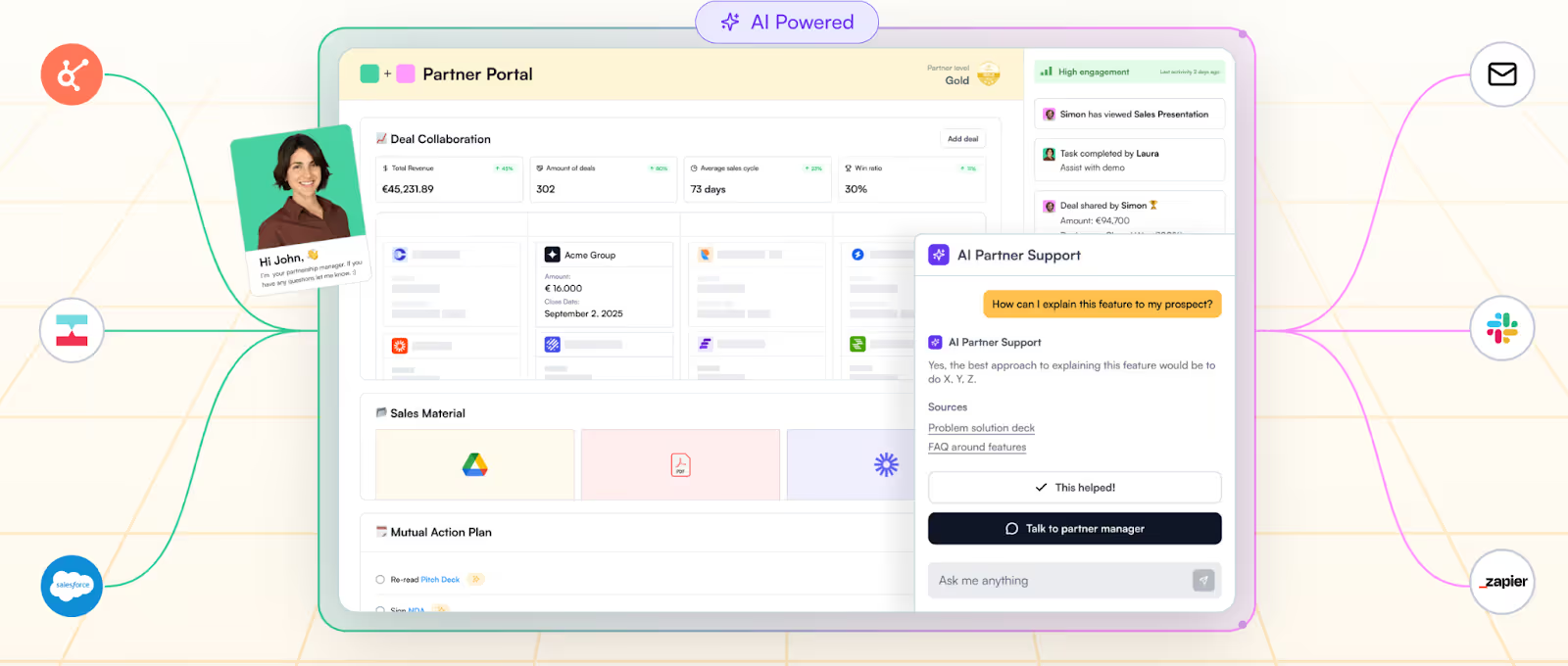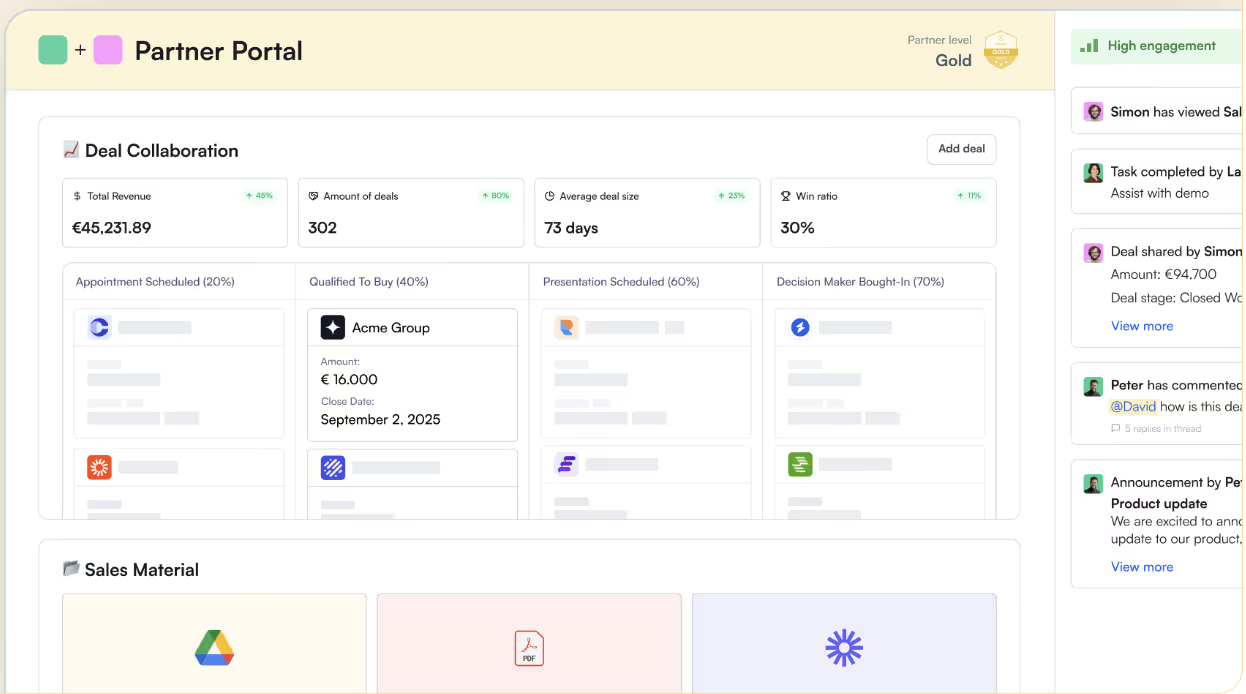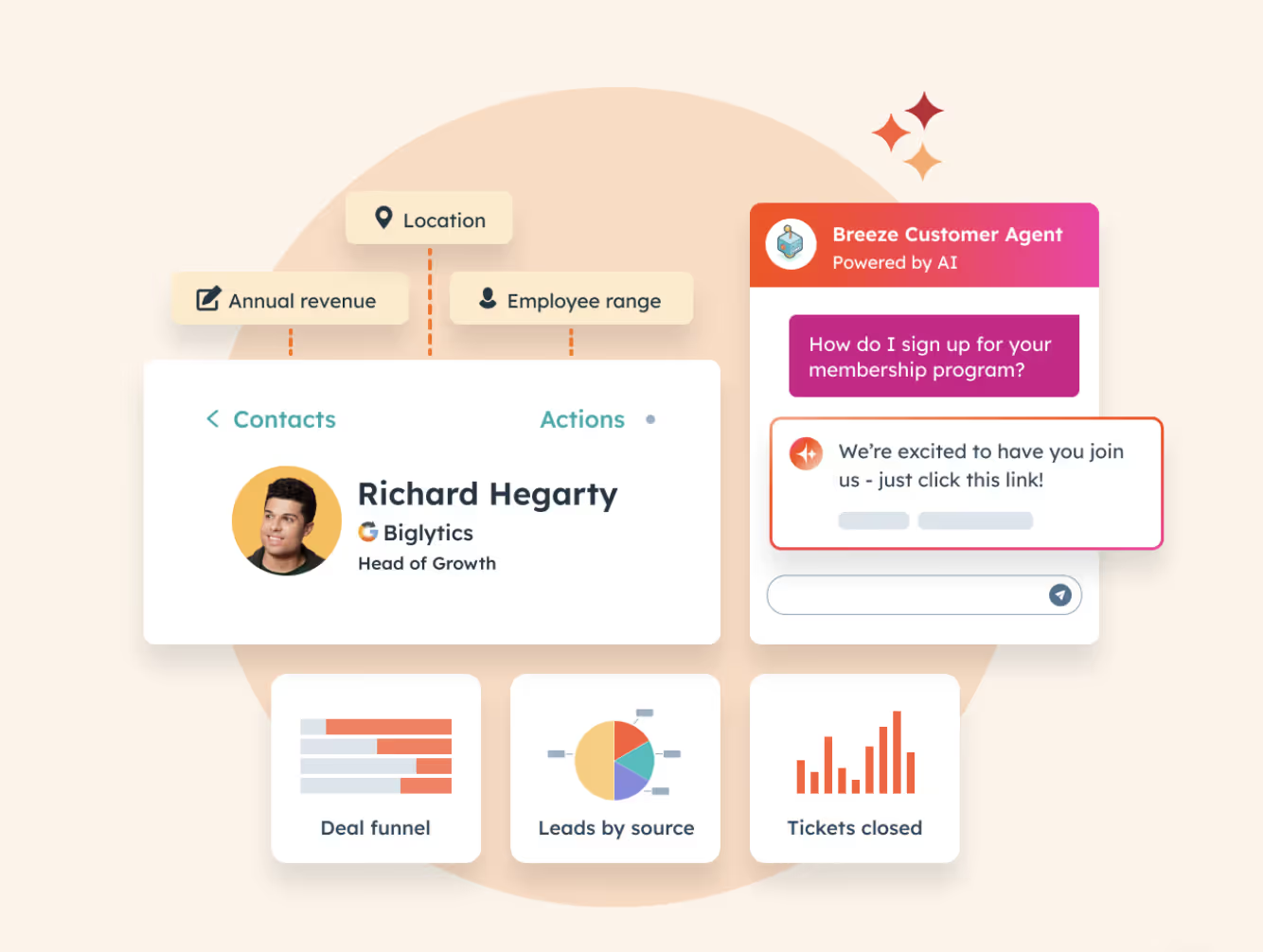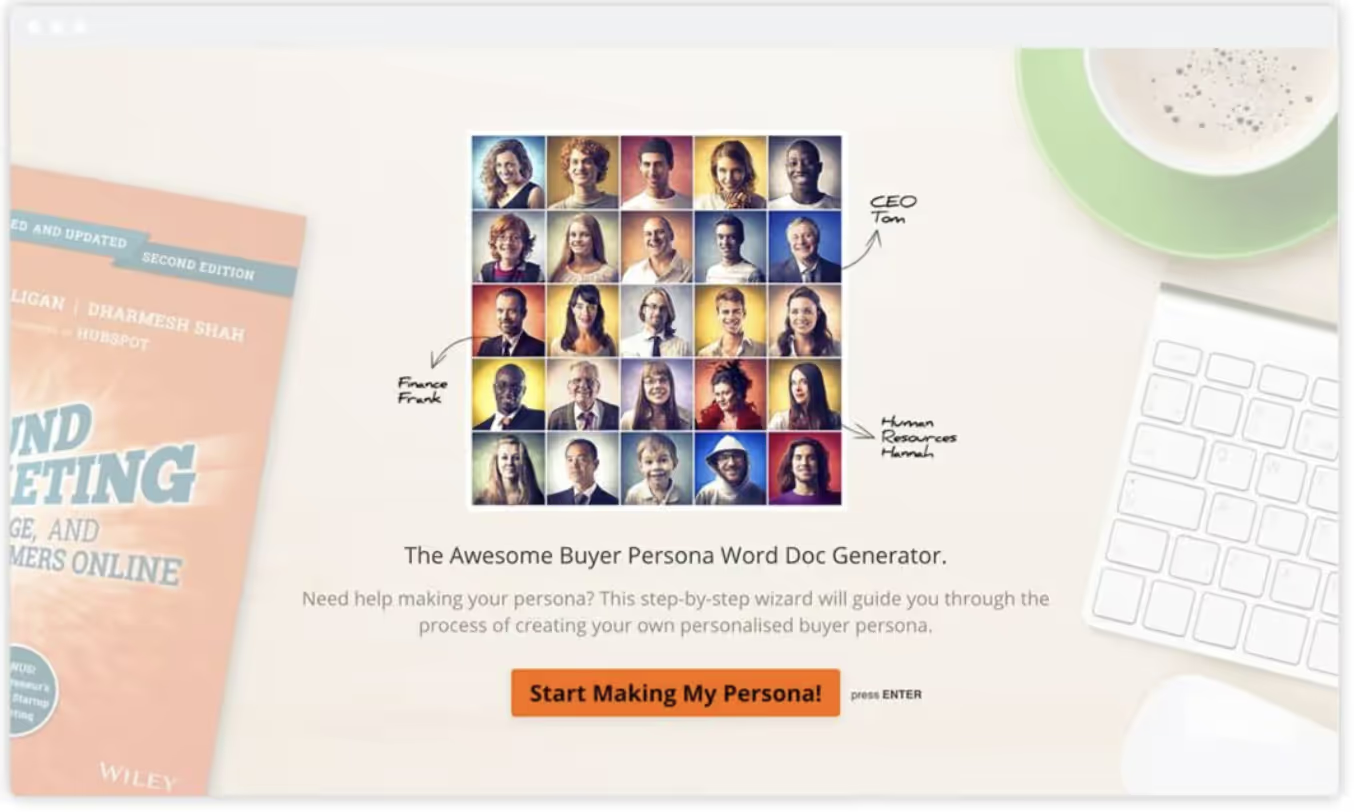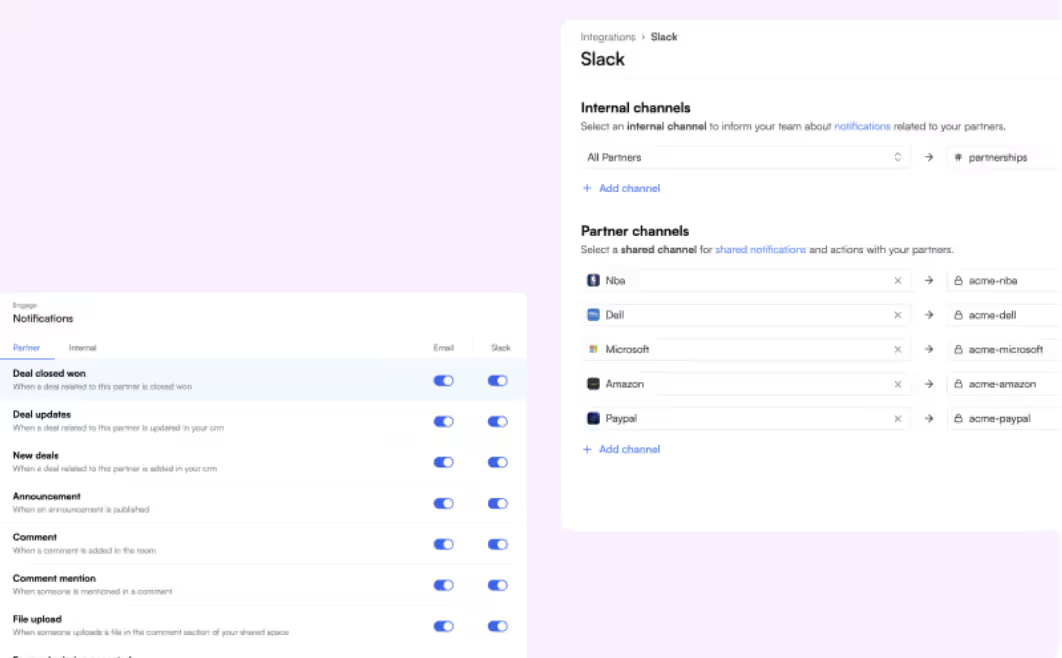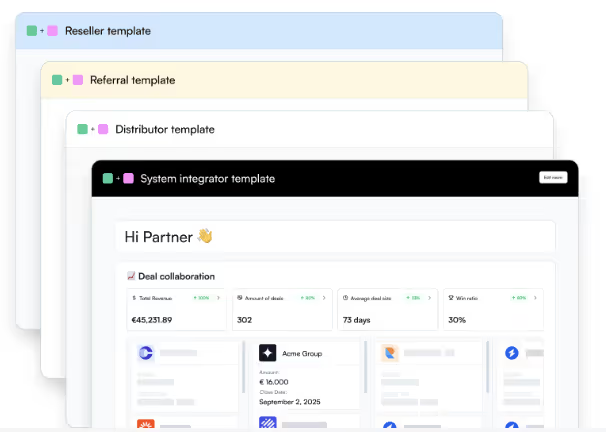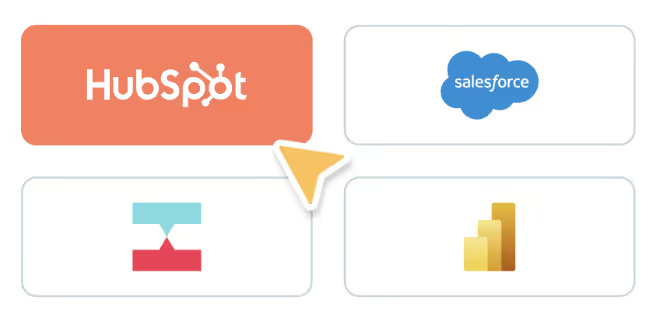Choosing an alternative to Allbound starts with how your partner program actually runs: where does the sales team live (Salesforce or HubSpot)? Do partners prefer portal workflows or email/Slack? How much marketing automation or TCMA do you need? And will co-selling with hyperscalers matter this quarter — or next month?
Below, you’ll find 16 best options — each with clear “Best for”, why it’s an Allbound alternative, and notable callouts that speak to relationship management, onboarding and training, deal registration, analytics, and integrations across your CRM platform and business applications.
What to look for in an Allbound alternative
- CRM-first operations — Keep sellers in Salesforce Sales Cloud or HubSpot while partners work in a portal (or via email/Slack) that syncs customer and partner data in real time. That reduces swivel-chair work and preserves a complete view of accounts, opportunities, and partner activities.
- Deal registration and opportunity management — Look for clear conflict prevention, stage mapping, and SLA alerts so channel managers can track deals, forecast, and run pipeline inspection without leaving the CRM.
- Partner onboarding and training — Automate partner onboarding steps, certify roles, and deliver outcome-based enablement to track progress, lift partner productivity, and drive adoption.
- Through-channel marketing automation (TCMA) depth — If local demand generation is core to your plan, make sure the platform offers brand-compliant campaigns, funds, and content libraries that partners can access and co-brand easily.
- Co-sell and marketplace workflows — If hyperscaler routes are strategic, prioritize native integrations for AWS ACE and Microsoft Partner Center so alliance teams can collaborate and sell together from your CRM.
- Total cost and services — Compare subscription, implementation, and ongoing admin. In many businesses, lightweight tools reduce time-to-value, simplify registration flows and forms, and free budget for enablement — without sacrificing security or data governance.
The 16 best Allbound competitors in 2026
How to read this list: each entry includes who it’s best for, why it’s a credible alternative to Allbound, and practical callouts about features, integrations, and how teams work day to day.
#1 Introw
Best for: SaaS companies running referral, reseller, and co-sell motions that want the entire partner workflow in Salesforce or HubSpot — while partners can collaborate by email or Slack without needing to log in. That keeps leads and deals in one place and improves operational efficiency.
Why it’s an alternative to Allbound: Instead of standing up a heavy portal, Introw keeps deal registration, notifications, and real-time data inside your CRM, then mirrors updates to partners over email/Slack — all synced back to Salesforce or HubSpot. It’s a clean way to manage partner relationships and track progress without extra admin.
Standout callouts: Native Salesforce/HubSpot field mapping, Slack alerts, and public forms capture submissions and route them to the right objects for attribution and pipeline visibility — useful for channel managers and RevOps who want accuracy without brittle connectors.
#2 Channelscaler (Allbound + Channel Mechanics)
Best for: Companies that liked Allbound’s portal UX but need enterprise-grade pricing, rebate, and incentive automation in one platform.
Why it’s an alternative to Allbound: Because it is the next chapter of Allbound: the company combined with Channel Mechanics and rebranded as Channelscaler, unifying PRM front-end with robust pricing/rebate tooling — a natural upgrade path if you’re comparing Allbound vs. “what’s next.”
Standout callouts: Post-merger materials emphasize scaling indirect revenue and reducing channel costs — handy if your program depends on complex incentives across resellers, distributors, or agencies.
#3 Impartner
Best for: Enterprises with global channels, structured tiering, MDF, and compliance needs.
Why it’s an alternative to Allbound: If you want mature PRM plus end-to-end MDF inside the same management system, Impartner is a long-standing option with deep approvals, reimbursements, and analytics built into the partner portal.
Standout callouts: MDF and deal-reg workflows include approval rules, notifications, and post-campaign claims — making it easier to track ROI and connect funds to pipeline.
#4 ZINFI (Unified Partner Management)
Best for: Teams seeking breadth — recruit, enable, market, sell, and incentivize — with strong analyst and peer validation.
Why it’s an alternative to Allbound: ZINFI’s Unified Partner Management platform consistently ranks highly and has introduced AI-powered enhancements to streamline relationship management and partner performance.
Standout callouts: Recognized for customer satisfaction; modular apps cover opportunity management, content management, and analytics to monitor performance at scale.
#5 Unifyr (formerly Zift Solutions)
Best for: Organizations that want PRM, TCMA, and training under one roof — and are leaning into AI to guide partners.
Why it’s an alternative to Allbound: The Zift Solutions brand evolved into Unifyr and launched new packaging that positions an AI-powered partner engagement platform that centralizes enablement and engagement.
Standout callouts: Messaging highlights multi-portal administration, analytics, MDF, training/certification, and AI assistance — useful when you want depth across enablement and marketing.
#6 Channeltivity
Best for: Mid-market teams that want fast time-to-value and clicks-not-code integrations with Salesforce or HubSpot.
Why it’s an alternative to Allbound: Channeltivity’s plug-and-play CRM sync makes deal registration and referrals flow into the CRM for pipeline visibility — without heavy IT.
Standout callouts: Setup docs and marketplace pages show two-way sync, field mapping, and practical how-tos for channel managers who want to go live quickly.
#7 Magentrix
Best for: Salesforce-centric programs wanting a configurable partner site tied tightly to CRM objects and data.
Why it’s an alternative to Allbound: As an AppExchange PRM, Magentrix mirrors Salesforce data structures, reducing fragile syncs across custom objects and keeping customer data aligned.
Standout callouts: Features include deal-reg and assignment with automated notifications and guidance on CRM-to-PRM data mirroring for cleaner record management.
#8 PartnerStack
Best for: SaaS teams combining affiliate, referral, and reseller partners — and needing automated payouts and a marketplace to drive traffic and leads.
Why it’s an alternative to Allbound: PartnerStack pairs PRM-like workflows with reliable, multi-currency payouts and a large partner network — valuable for long-tail acquisition and lead generation.
Standout callouts: Commission triggers, single monthly invoices, and marketplace updates reduce finance overhead and keep partners engaged.
#9 StructuredWeb
Best for: Brands where through-channel marketing automation is the growth lever — campaigns, co-brand, and funds management.
Why it’s an alternative to Allbound: StructuredWeb is recognized for partner marketing automation with strong AI, localization, workflow automation, and insights. Pair it with a PRM when you want deep marketing execution.
Standout callouts: Built for distributed teams and partners — from content libraries to concierge services — so local campaigns stay on brand while you track performance.
#10 SproutLoud
Best for: Distributed brands that need brand-to-local execution with on-behalf-of services and a large provider ecosystem.
Why it’s an alternative to Allbound: SproutLoud centralizes TCMA and connects brands with a wide range of marketing service integrations for compliant, local activation across categories.
Standout callouts: Distributed marketing modules and analytics help customers and partners succeed locally — useful when onboarding new partners who need done-for-you options.
#11 WorkSpan
Best for: ISVs running hyperscaler co-selling and marketplace private offers with AWS and Microsoft — and wanting it embedded in Salesforce.
Why it’s an alternative to Allbound: WorkSpan ships a Salesforce app that automates referral sharing with AWS ACE and Microsoft Partner Center, with dashboards for real-time co-sell tracking.
Standout callouts: Guides and listings show integrations for Salesforce, Dynamics, and HubSpot, plus step-by-step installs for getting co-sell live fast.
#12 Kiflo
Best for: SMBs and scale-ups formalizing their first partner program with HubSpot or Salesforce integrations.
Why it’s an alternative to Allbound: Kiflo keeps referral partners and resellers on straightforward workflows with native HubSpot sync so you can manage leads and track deals without custom buildouts.
Standout callouts: Marketplace pages and docs show two-way sync, stage mapping, and clear enablement paths that shorten time-to-value for new partners.
#13 Mindmatrix (Bridge)
Best for: Teams that want PRM + enablement + co-marketing in one system — with advanced automation and AI.
Why it’s an alternative to Allbound: Mindmatrix’s Bridge platform spans partner onboarding, training, deal registration, co-sell/co-market, and adds alliance management — built to orchestrate complex partner ecosystems.
Standout callouts: HubSpot and Salesforce integrations, learning management, and concierge services help you optimize adoption while keeping data in your CRM.
#14 PartnerPortal.io
Best for: HubSpot-centric teams that want a 15-minute partner portal for registration, lead submission, deal registration, and a simple resource center.
Why it’s an alternative to Allbound: Instead of a big PRM rollout, PartnerPortal.io is plug-and-play — partners submit leads that create or link to HubSpot deals; you can even account-map for attribution.
Standout callouts: Docs highlight quick setup, two-way sync, mapping to multiple pipelines, and integrations — ideal when your team needs to move now.
#15 impact.com
Best for: Affiliate, influencer, and advocacy programs where discovery, contracting, tracking, and payouts need to live together with strong automation.
Why it’s an alternative to Allbound: Many B2B companies pair impact.com with their CRM to measure influenced revenue while the platform automates contracts and payments across currencies.
Standout callouts: Real-time tracking, flexible incentives, and creator tools make it easier to engage the right partners and track outcomes across channels.
#16 Everflow
Best for: Advanced partner and affiliate programs that need granular tracking, analytics, fraud controls, and white-label experiences.
Why it’s an alternative to Allbound: Everflow focuses on measurement across affiliates, influencers, and paid media — so you can monitor performance, analyze attribution, and pay partners confidently.
Standout callouts: References to clickless tracking, deep reporting, and KPI-based rules — helpful when you want to track every touchpoint and optimize at scale.
When to keep Channelscaler (formerly Allbound)
Stay with Channelscaler when you want continuity from the Allbound portal plus Channel Mechanics pricing/rebates in one platform. If your organization already depends on complex incentives, centralized analytics, and a unified suite for pricing and promotions, the post-merger roadmap may fit your plans nicely.
The best platform depends on where you need leverage: CRM-first relationship management and real-time collaboration (Introw), end-to-end UPM (ZINFI), all-in-one PRM + TCMA (Unifyr), co-sell execution (WorkSpan), or performance-partner software (impact.com, Everflow). Start from the motions that move revenue, pick tools that automate and optimize your daily work, and keep sellers and partners in workflows they actually use.
Why Introw is your choice in 2026
If you want partner relationship management that feels native to your CRM, Introw keeps AEs, RevOps, and partners in one flow — create and manage leads and opportunities, use custom objects where needed, and rely on real-time data for tracking deals, attribution, and forecasting. Off-portal email and Slack make it easy for third-party partners to collaborate without login friction; lightweight enablement and a content library help you guide partners, share resources, and monitor performance.
The net result is higher partner productivity, cleaner customer data, and measurable impact across sales, marketing, and service — without the overhead of a custom build. If that’s the direction you’re headed, book a demo and see how quickly your team can get live.
Which Allbound competitors are best for HubSpot-centric teams?
Introw and PartnerPortal.io are strong HubSpot-native options. Both push partner registration and deal updates directly into HubSpot for a seamless seller and user experience, with Introw adding Slack-based collaboration.
We’re deciding between Channelscaler and a CRM-first approach — what matters most?
If your sellers live in Salesforce or HubSpot and you value minimal admin, a CRM-first approach like Introw can reduce friction and simplify adoption. If your program relies on complex incentives, rebates, and plans, Channelscaler’s merged PRM + pricing stack may be the better fit.
Can we keep our existing Salesforce/HubSpot setup without re‑platforming?
Yes — Introw maps to your current objects and fields, so partner registration, updates, and attribution live in the same CRM platform you already use. That reduces migration risk, keeps customer and partner data aligned, and makes it easier for sellers to stay in one workflow.
How quickly can we launch Introw — and what’s the real impact on cost and adoption?
Most teams stand up core flows in days — forms for deal registration, email/Slack notifications, and basic enablement — then layer approvals and deeper workflows over time. Faster time‑to‑value and less admin typically translate to lower services spend and higher partner engagement compared with portal‑centric alternatives.


.svg)
























